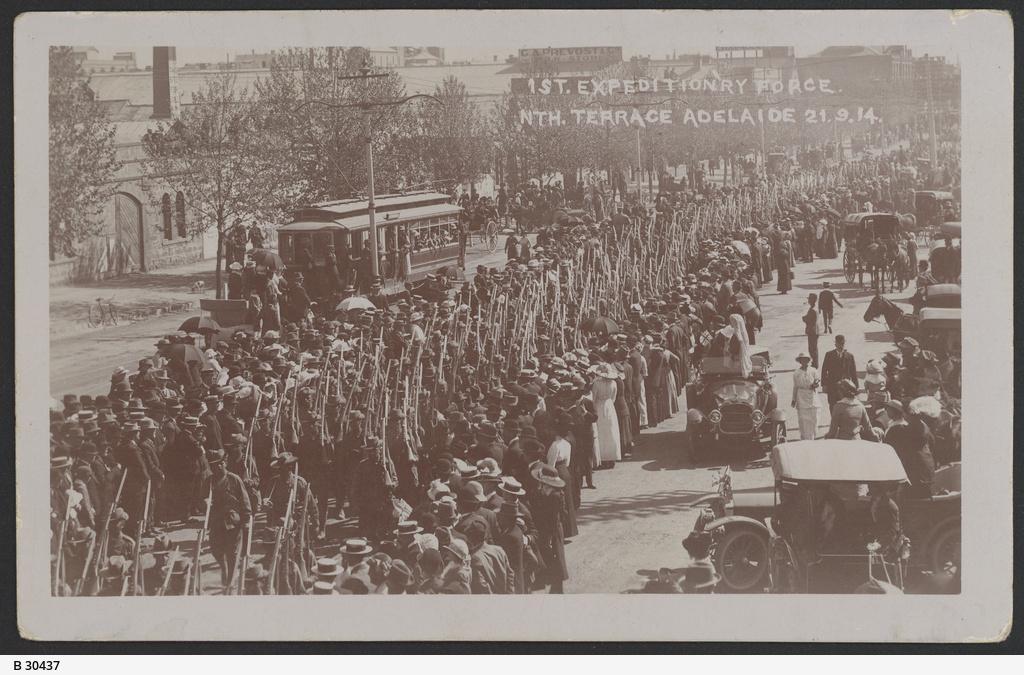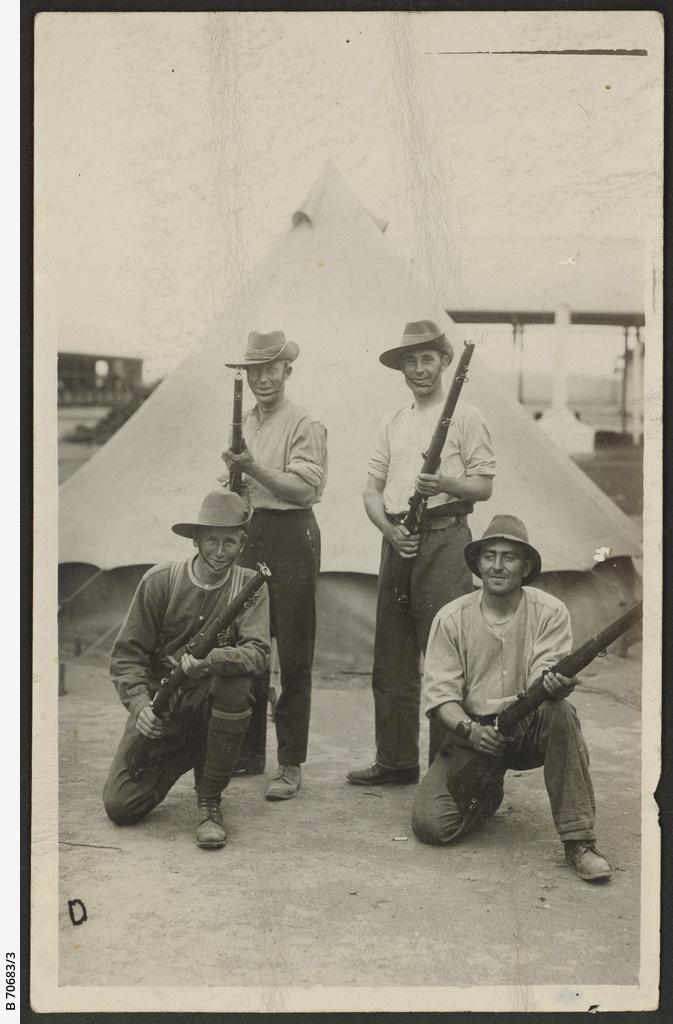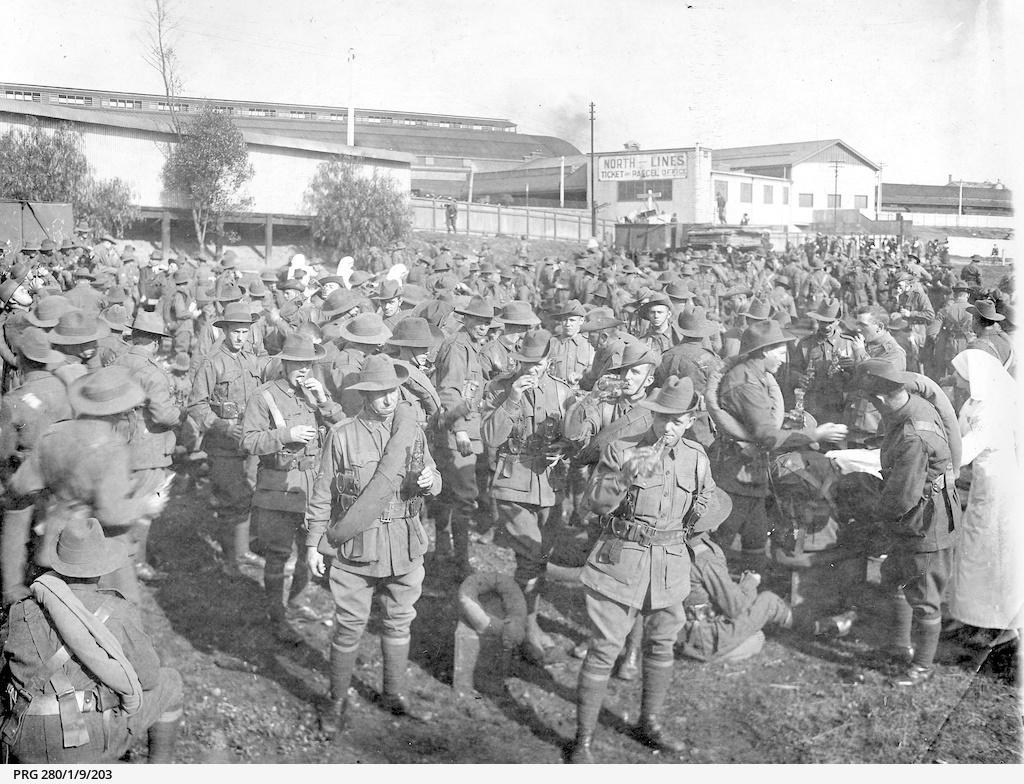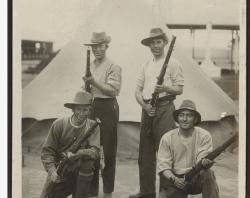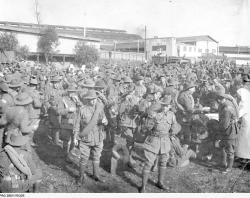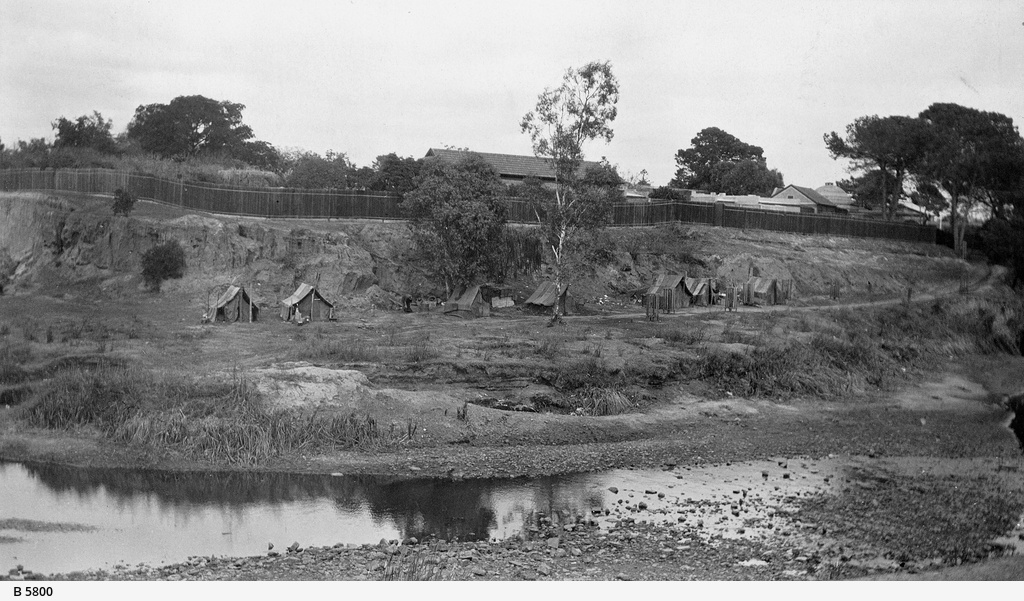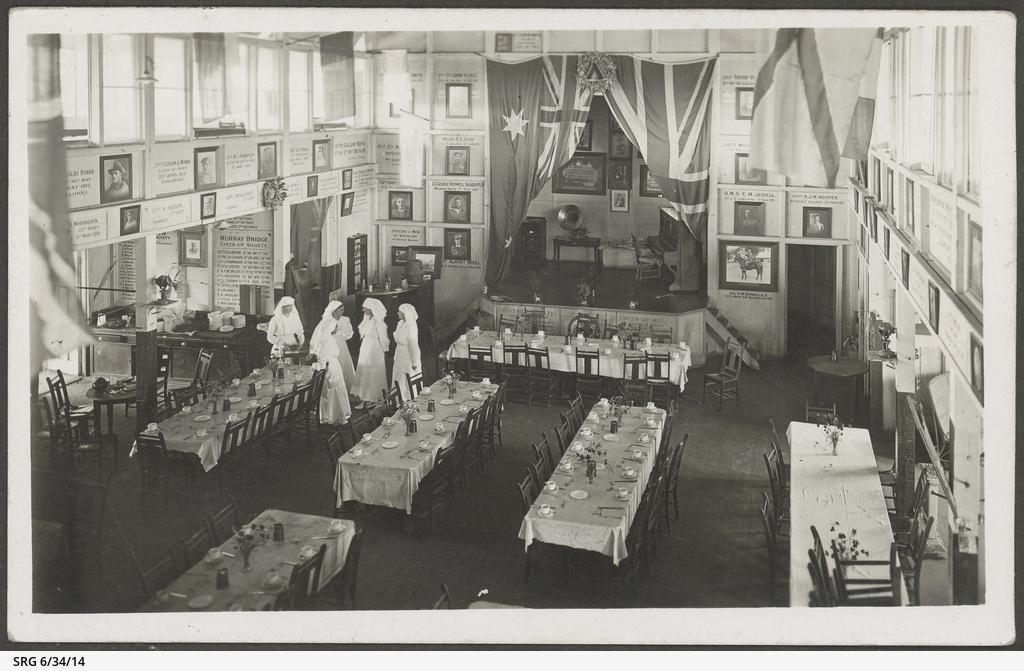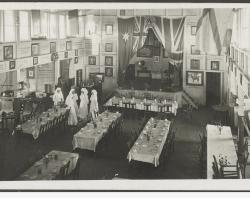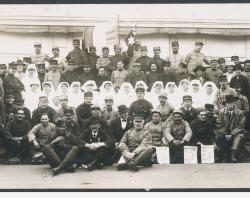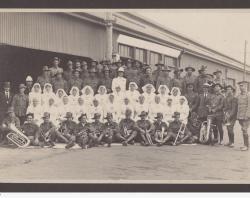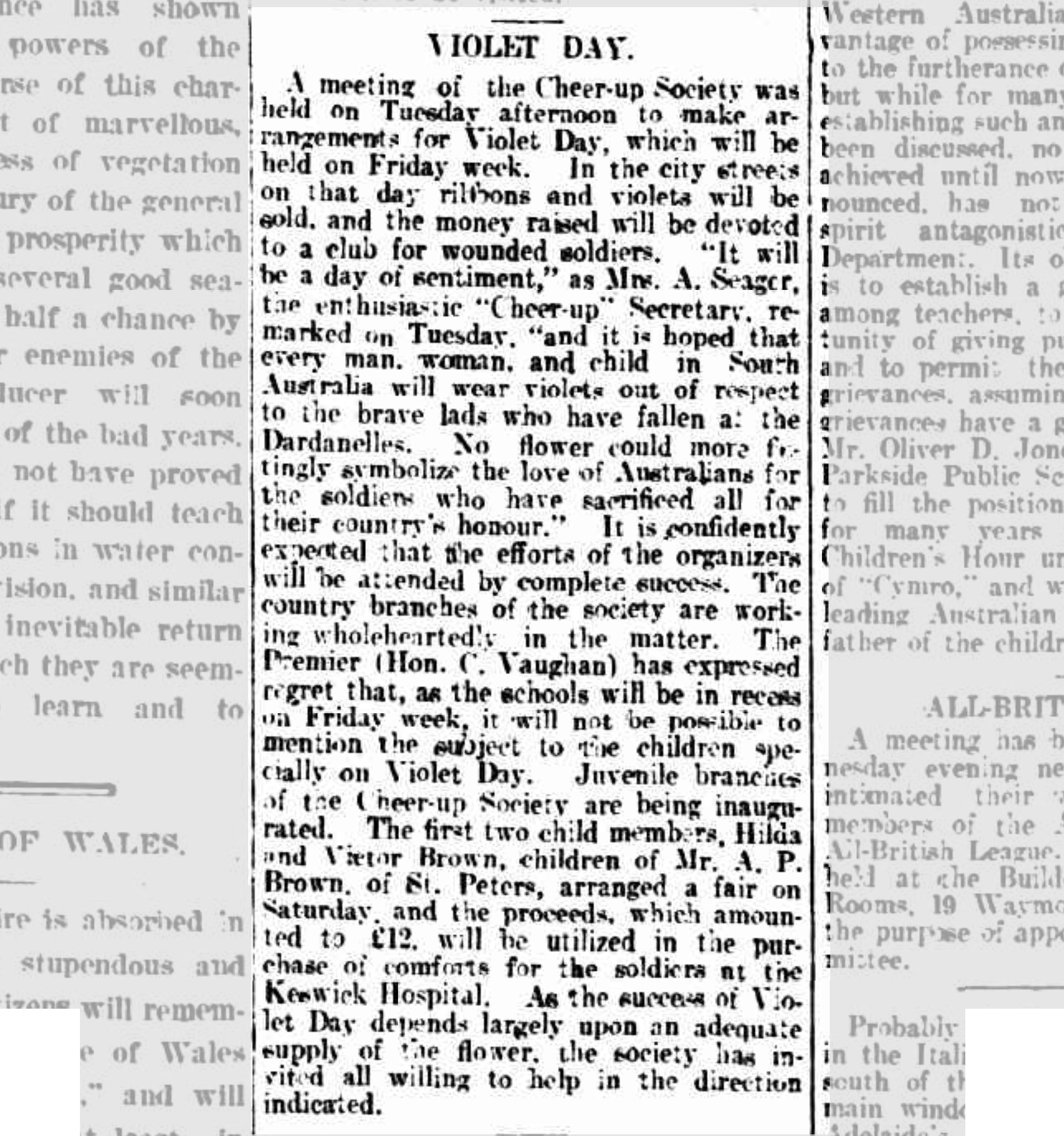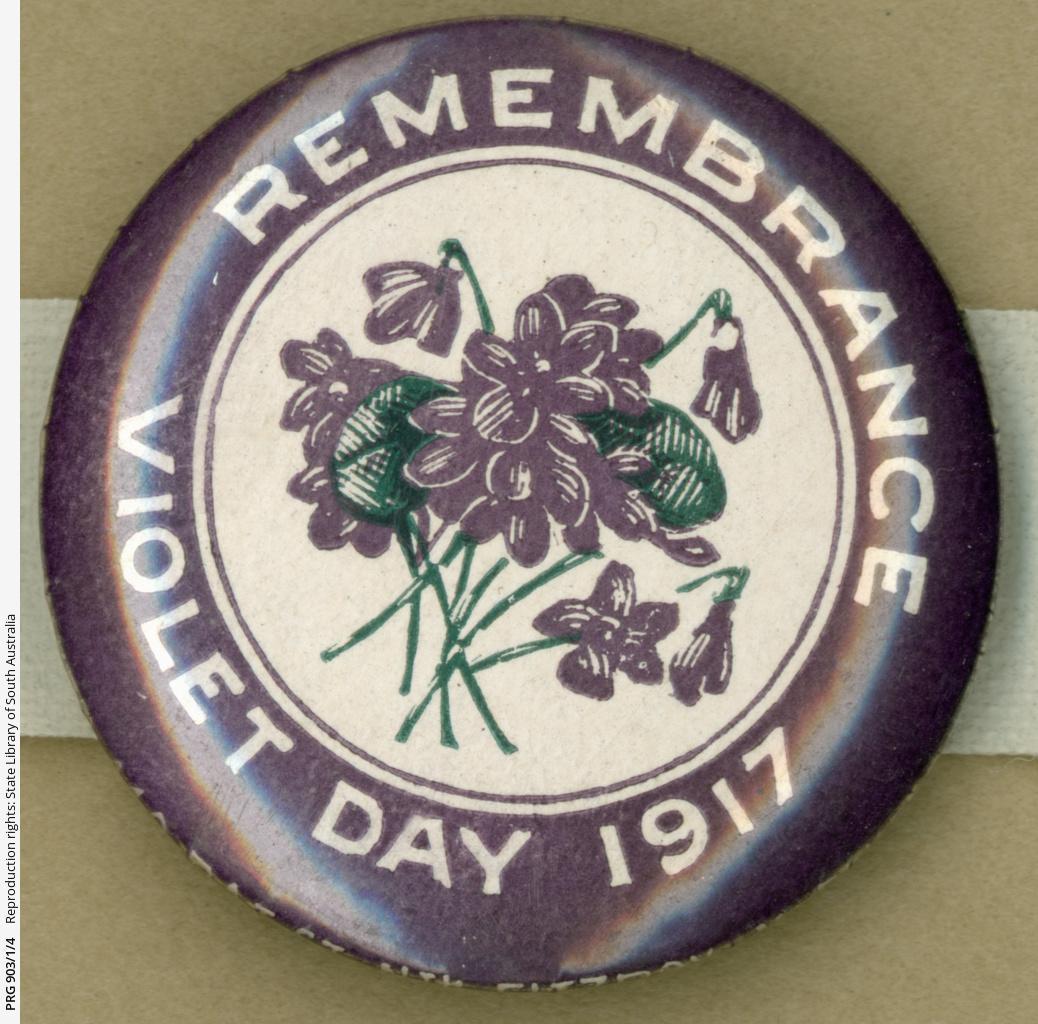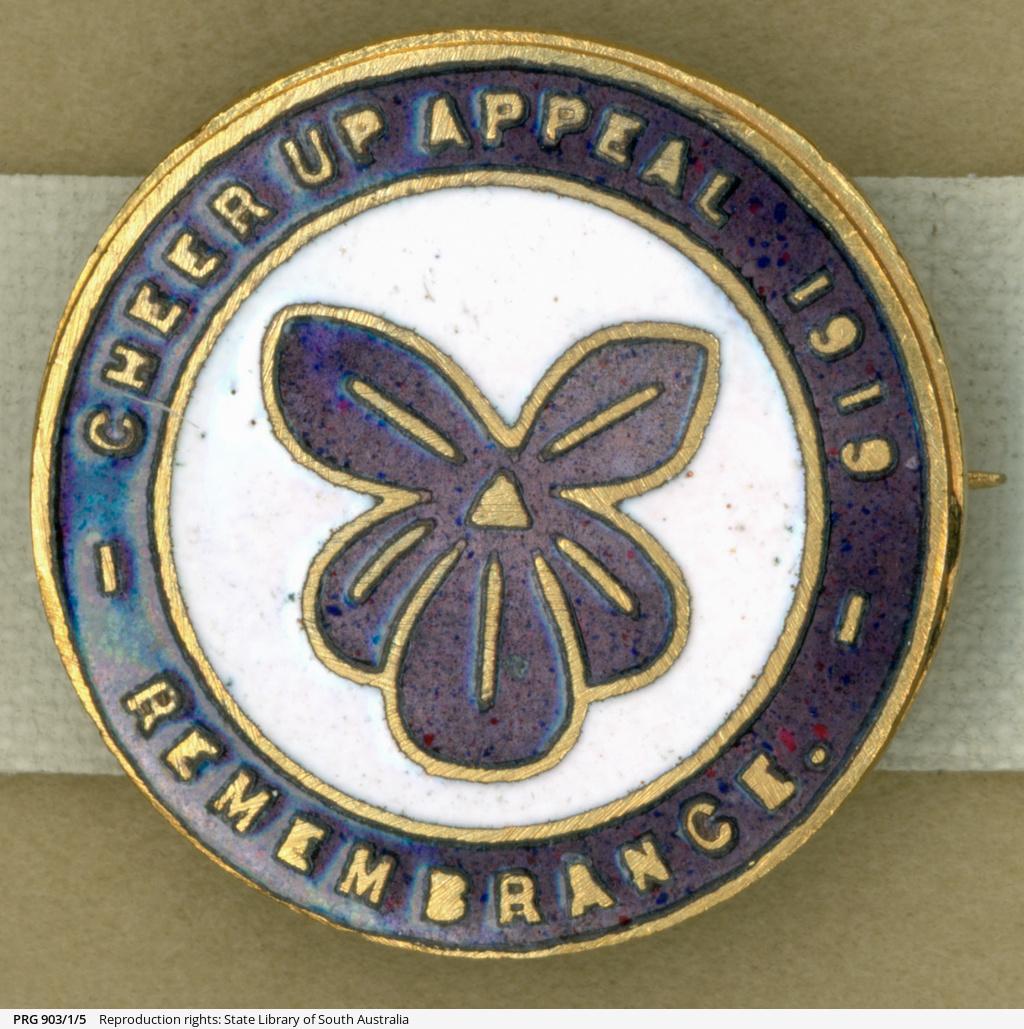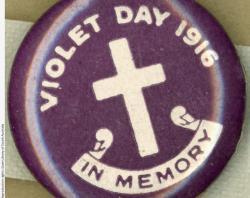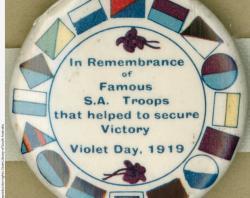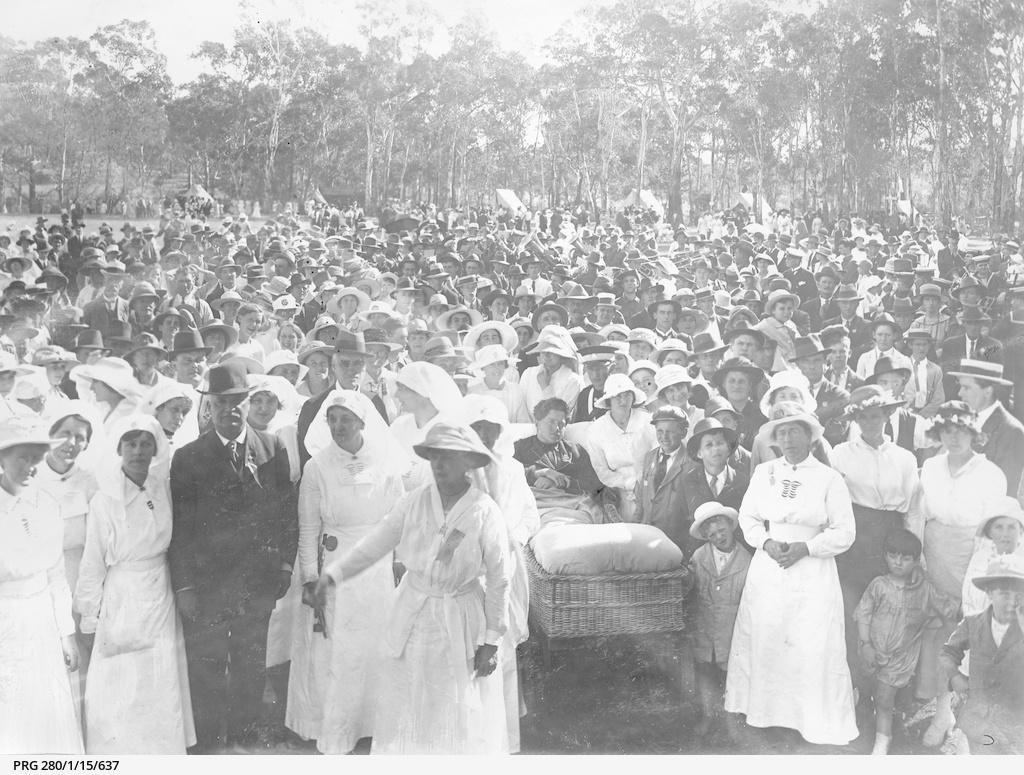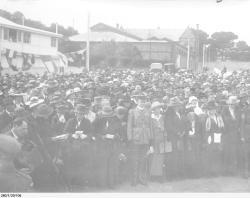
Mrs Seager became increasingly concerned about the conditions at the camps. Not only was there no entertainment to support morale, but the food was poor, and there were outbreaks of disease caused by lack of facilities.
To try to address some of these issues, she decided to create a place where service personnel from all over the world were welcomed and provided with meals, accommodation, and entertainment while they were away from home. At first, this was simply a tent behind the railway station because this was the first place that service personnel arrived in the city.
The volunteers (known as the Cheer Ups) worked tirelessly seven days and nights a week. There are stories of them cooking food in cauldrons in the rain. They served meals to thousands of men, giving them somewhere to go other than a pub.
However, even this was not enough for Mrs Seager. She wanted to help more people, so she gathered the Cheer Ups together and arranged a ‘Violet Day’ to raise funds for a hut that could be used to support more troops.
The first Violet Day was held on 2 July 1915 and was unique to South Australia in size and scope.
Long before the poppy became a symbol, violets were used to remember those who gave their lives for their country. The aim was to raise funds by selling tiny bunches of these flowers along with ribbons, and later badges. The badges were made of tin or cellulose and the State Library collection includes two of the earliest badges produced.
On this first Violet Day, a single bunch of violets sold for $384, which is around $37,000 in today’s money. This provided a huge boost to the funds needed for the first Cheer Up Hut in Adelaide and the Hut was opened later that year by the Governor, Sir Henry Galway.
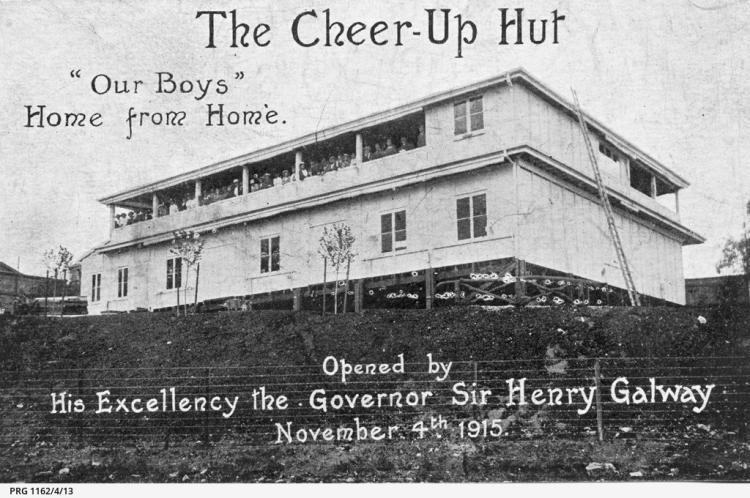
A Memorial Wall in the Adelaide Cheer Up Hut commemorated numerous servicemen. One of these was Mrs Seager’s youngest son Lance Corporal George Seager. He enlisted at 17 by lying about his age and sadly, was killed at Gallipoli. On the day that news of George’s death came through, Mrs Seager was working at the hut. She continued to work, as did another volunteer whose husband had died in the same attack. Mrs Seager drilled into her volunteers that they were to keep smiling no matter what and she herself intended to do just that.

The success of the first Cheer Up Hut meant that other huts soon followed in both the suburbs and in country towns. They were all based on the same model and followed the same rules as the original. The Cheer Ups also had their own in-house and travelling concert party and Mrs Seager contributed song lyrics for their performances. You can explore the sheet music in the State Library’s Collection.
Other initiatives to support the troops soon followed. Mrs Seager’s volunteers encouraged the recognition of returning soldiers with parades under the Anzac Arch. Now demolished due to safety concerns, the Arch once stood behind Adelaide Railway Station and Parliament House. The work of the Cheer Ups extended to helping those who returned wounded or shell-shocked, and comforting families and friends who had lost loved ones.
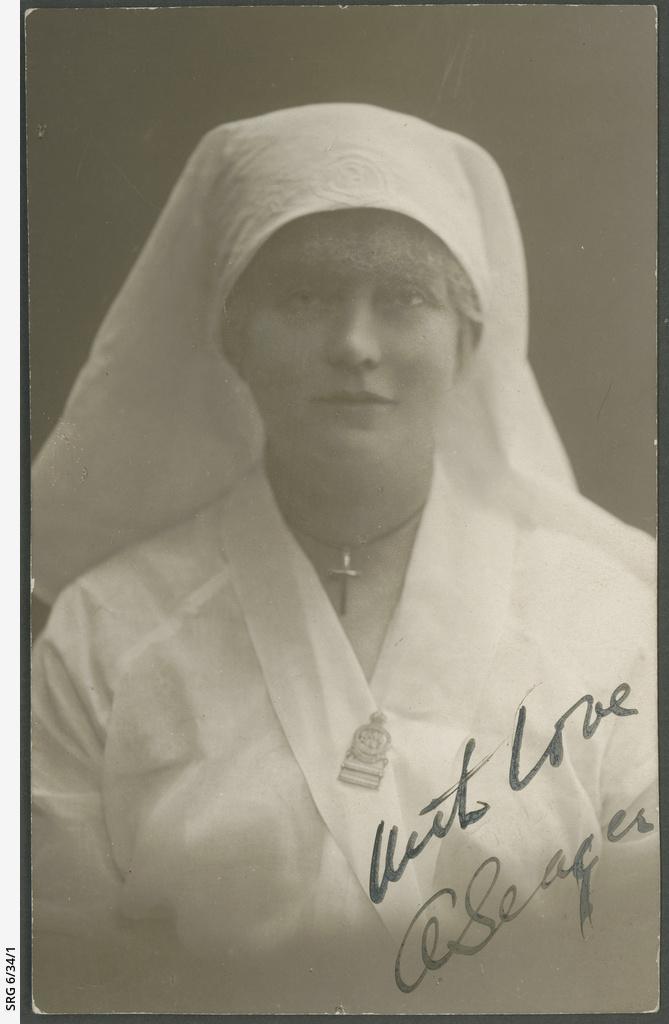
In later years, Mrs Seager moved to Kangaroo Island to live with her remaining family. Severe arthritis prevented her from taking part in the Cheer Up Hut activities during World War II. Although the building no longer exists, the Violet Day fundraiser continued for almost 60 years.
Today Mrs Seager’s legacy is honoured through her plaque on North Terrace. It forms part of the Jubilee Walk which celebrates those who have made major contributions to South Australia.
MORE TO EXPLORE
A vast collection of commemorative badges collected by Lottie Michell between 1915-1919. SLSA: PRG 903/1/1-208
A photo of the front of an embroidered postcard, dated July, sent by Alfred Duncan, a soldier fighting in France, to his mother in Adelaide. The words 'Sweet remembrance' are embroidered on the front. The year is likely 1916. SLSA: PRG 544/10
Written by Isabel Story, Engagement Librarian

